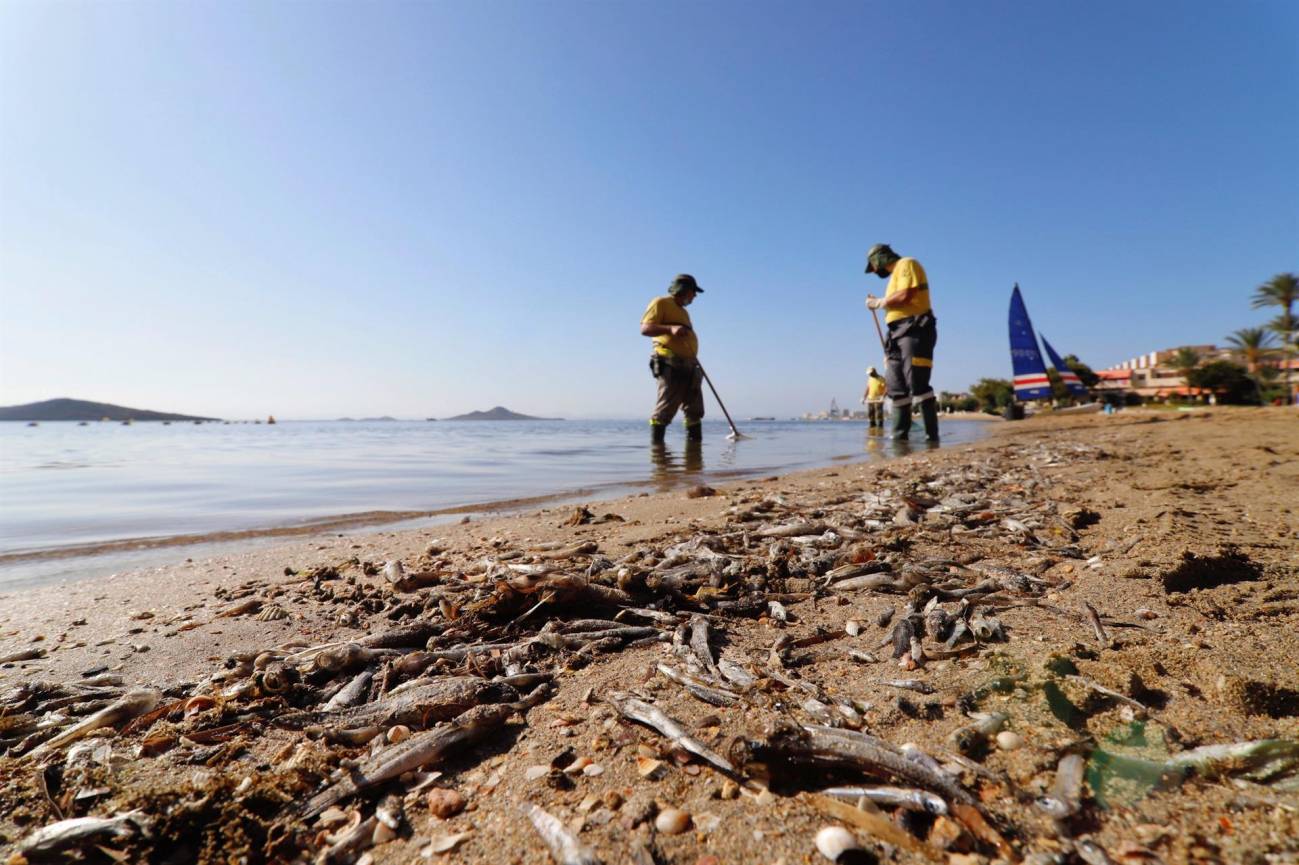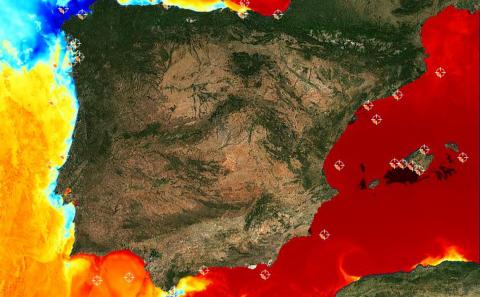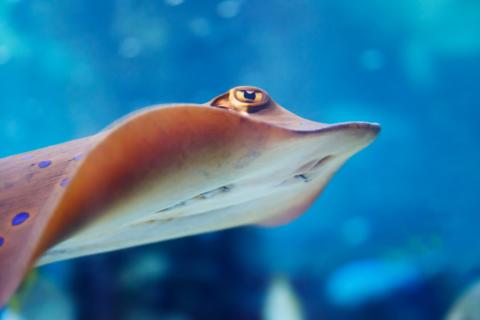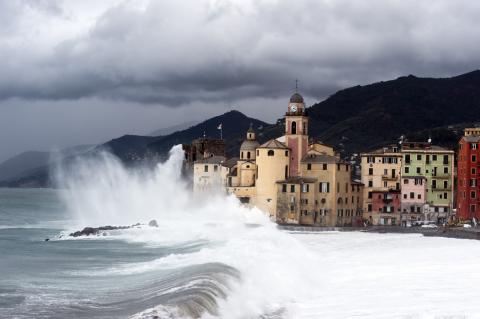When I arrived in Murcia in 2005, coming from abroad, I knew that the Mar Menor was a tourist destination for sun, beach and golf, as well as the largest saltwater lagoon in Europe with great environmental value. I was surprised that, in spite of having numerous figures of environmental protection, it showed clear signs of degradation, such as the invasion of jellyfish. Colleagues in the CEBAS-CSIC research group had already started to study the importance of sediment and nutrient inputs into the lagoon. What I could not even imagine at that time, was the great emotional value and the cultural roots that the Mar Menor has, both for the people of Murcia and the regular holidaymakers in the area. I understand, geographically it is a unique environment in a privileged enclave.
In 2016 I witnessed how the collapse of the Mar Menor and the appearance of the 'green soup' not only resulted in an ecological disaster, but also affected the economy, the wellbeing and the mood of the people. I observed how this situation resulted in a continuous confrontation, mainly between the sectors of agriculture, tourism, fisheries and administrations, turning an environmental crisis into a socio-economic crisis. In 2018, the COASTAL project was a unique opportunity to contribute from research to find solutions to this complex problem, based on synergies between rural and coastal areas and between sectors.
Co-designing better informed solutions
Over the last four years we have organised a large number of workshops and interviews with representatives from different sectors to help us better understand the interactions between them, identify potential solutions and arrive at a common future vision of what our dream Mar Menor and Campo de Cartagena would look like in 2050. This process of participation, dialogue and technical work has resulted in a roadmap of 14 solutions and a quantitative model that allows us to assess the impacts on key environmental, social and economic sustainability indicators.
The roadmap gathers the proposals mentioned by the participants throughout the workshops, organised into 4 goals and 14 solutions.
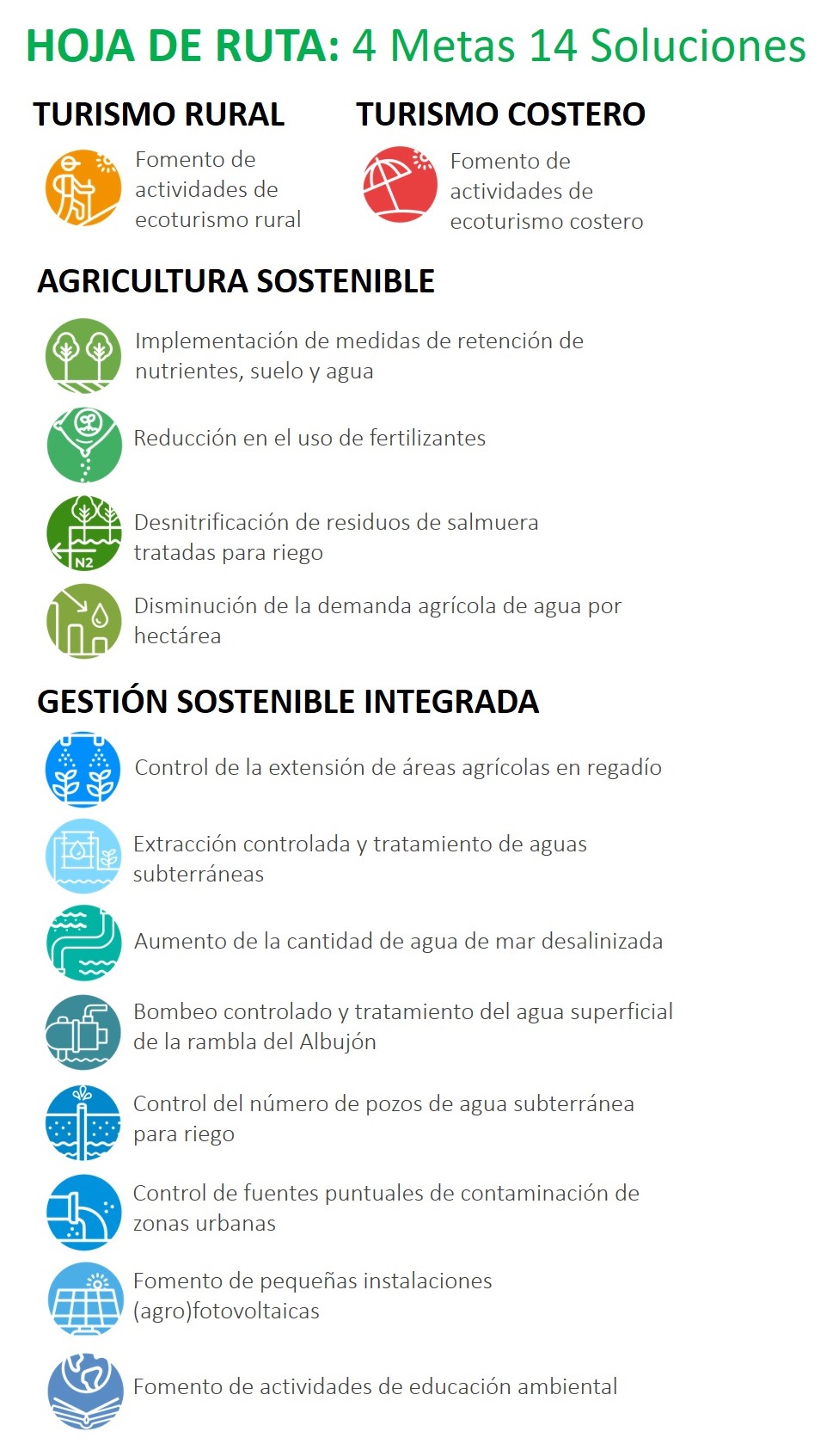
In addition to general solutions, the roadmap includes 56 practical proposals, such as the creation of green corridors connecting places of interest with sustainable transport, the restoration and promotion of cultural heritage, the organisation of recreational activities in wetlands and salt marshes through restoration projects, the promotion of agro-tourism and organic farming, the implementation of green roofs between crops, reducing the number of harvests and diversifying crops, the promotion of training of the agricultural and tourism sector in relation to sustainable agriculture and tourism.
Environmental, social and economic impacts
Quantifying how possible solutions affect different sectors is crucial as a basis for informed, science-based decision-making. The great advantage of the quantitative model we developed is that it allows us to assess the multiple impacts of possible solutions on sustainability indicators, also considering possible changes in international socio-economic and political development and climate change. Our analysis shows that the 14 solutions in the roadmap have the following expected impacts:
- Reduces pressure on water resources and the amount of nutrients in the Mar Menor, improving its ecological status in the short, medium and long term.
- Increases tourism potential as the environmental quality of the Mar Menor recovers due to a deseasonalisation of tourism and based on an ecotourism model.
- Increases the installed photovoltaic potential, with the pending challenge of avoiding conflicts with other uses, e.g. based on agrovoltaics, combining agriculture with solar energy production.
- Generates a strong increase in jobs and gross economic benefit in the medium to long term, despite an initial reduction in both in the short term, highlighting the need for upfront investment.
- Increases the resilience of all sectors to international socio-economic-political development scenarios and climate change.
As resources to implement solutions are often limited, another advantage of impact modelling is that it allows for the identification of those solutions necessary to facilitate a gradual transition that reaches minimum sustainability thresholds in environmental, social and economic indicators.
This prioritisation of solutions indicates that, in order to achieve sustainable development, at least the following six solutions from the roadmap should be implemented: a) promoting rural ecotourism, b) promoting coastal ecotourism, c) keeping irrigation within legal limits, d) reducing fertiliser use, e) promoting small (agro)photovoltaic installations, f) promoting environmental education activities.
Outstanding results
- The roadmap will promote the sustainable development of the Mar Menor and Campo de Cartagena, increasing their resilience to climate change and to possible international socio-economic and political changes.
- The quantitative model supports the development of better informed public policies, based on integrated assessments, and can be of great help in prioritising solutions to achieve minimum sustainability standards.
- Throughout the participatory process we observed that, despite differing opinions and priorities, there is often more that unites different sectors than divides them, and that the dialogue served to bring them closer together.
- Public administrations can support the Roadmap through facilitation, incentives, investments, training, awareness raising, development, control and monitoring of regulations.
- The restoration of the socio-ecosystem requires time, investment and collaboration between all sectors. We hope that through research we have contributed to finding the way towards a more sustainable and resilient society.
